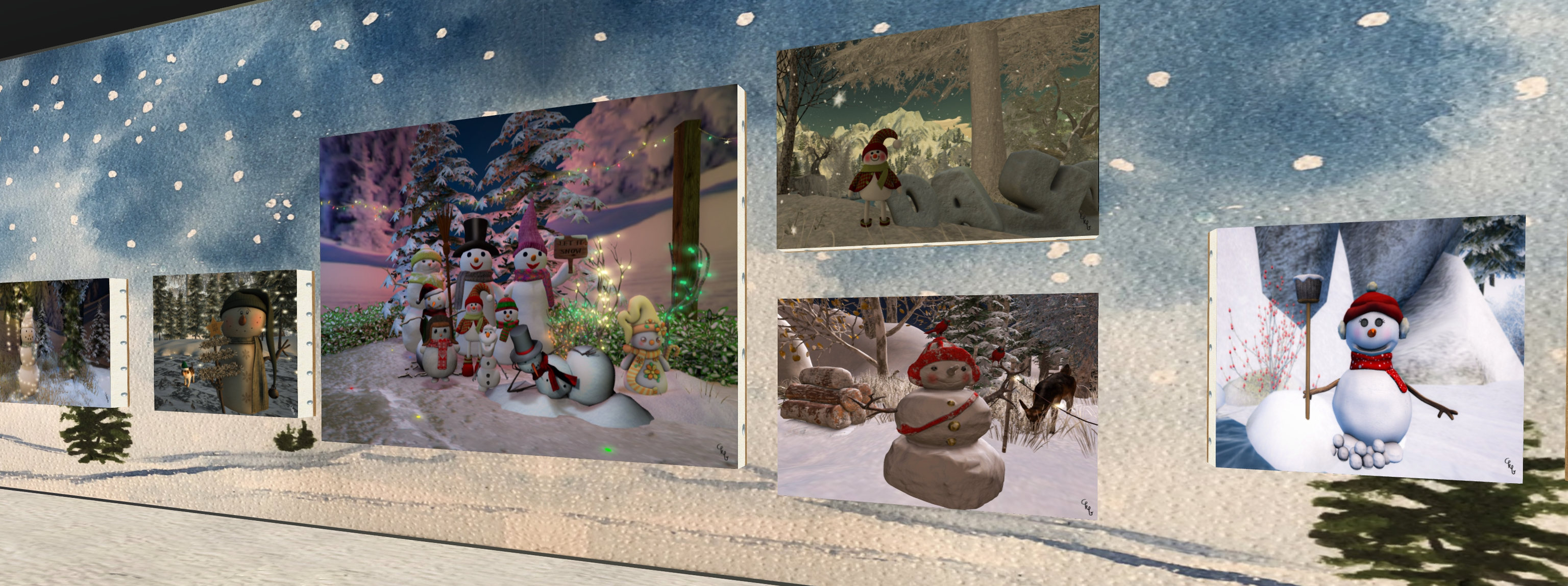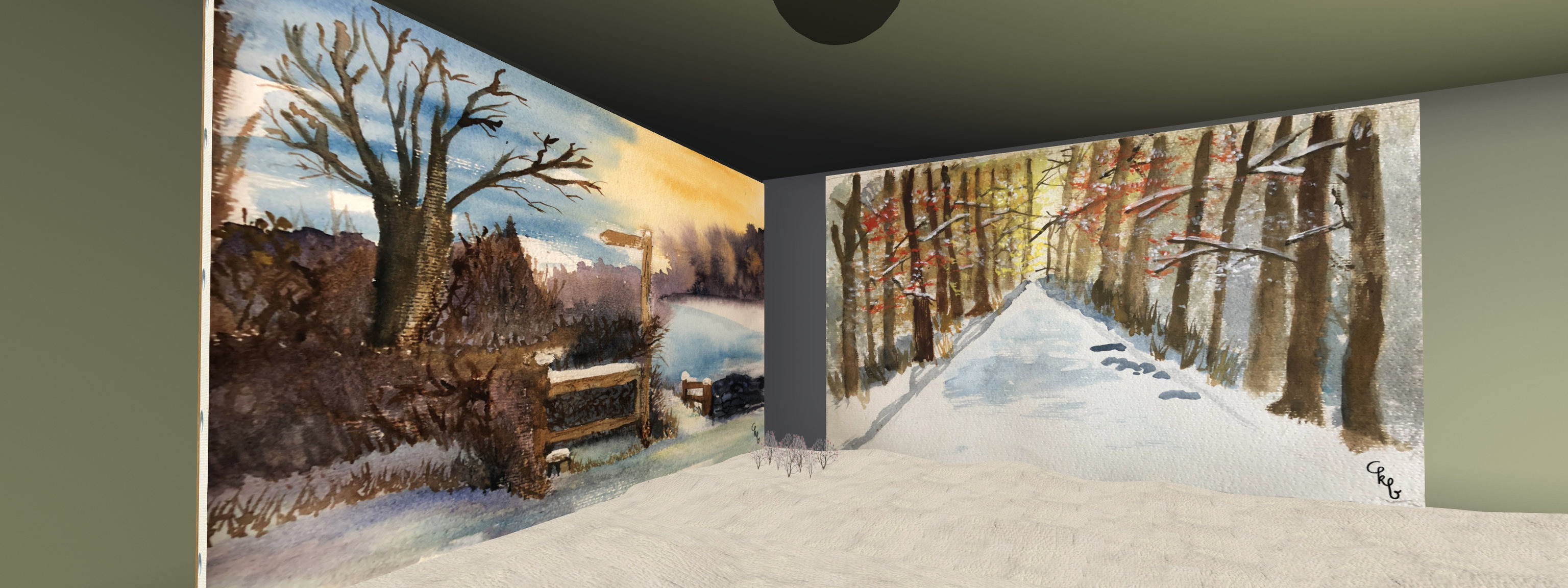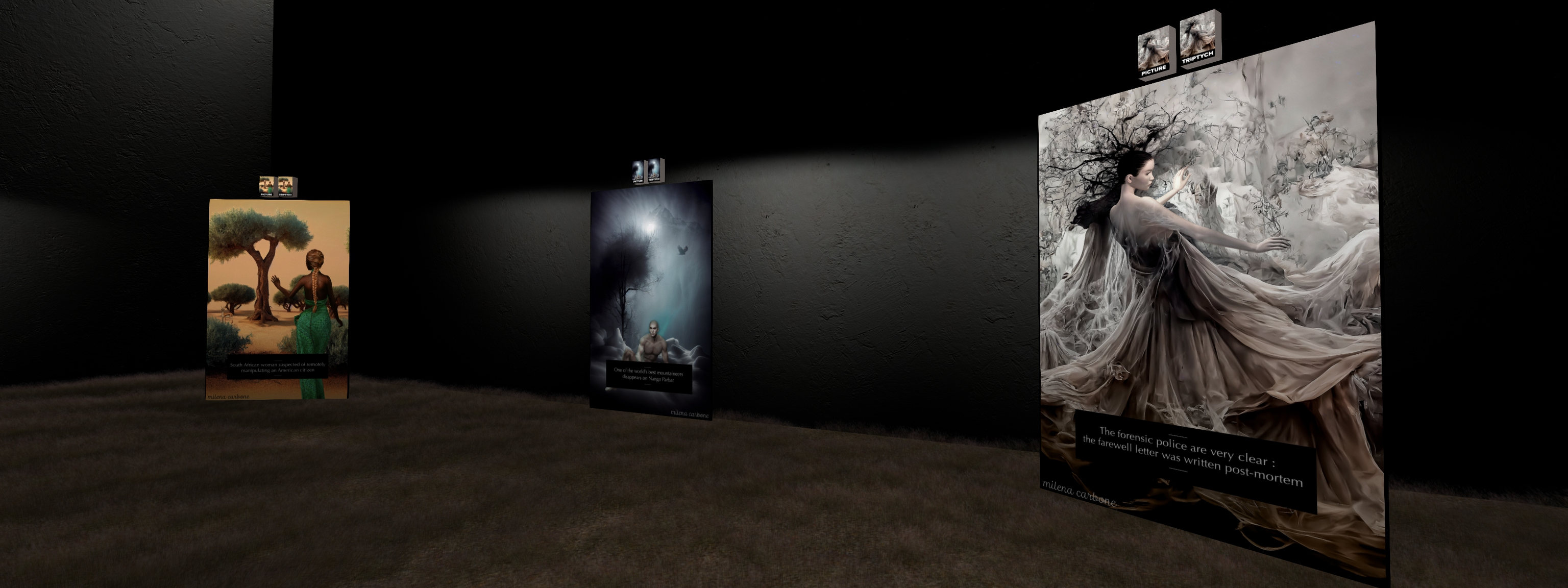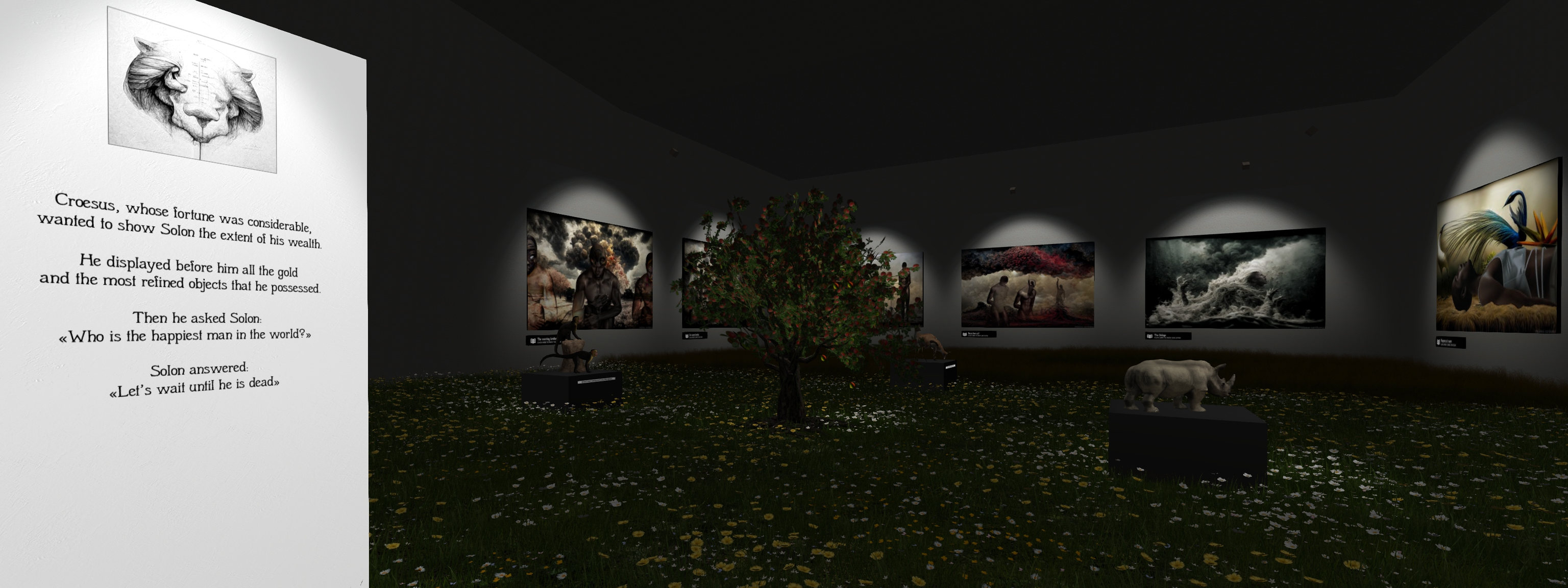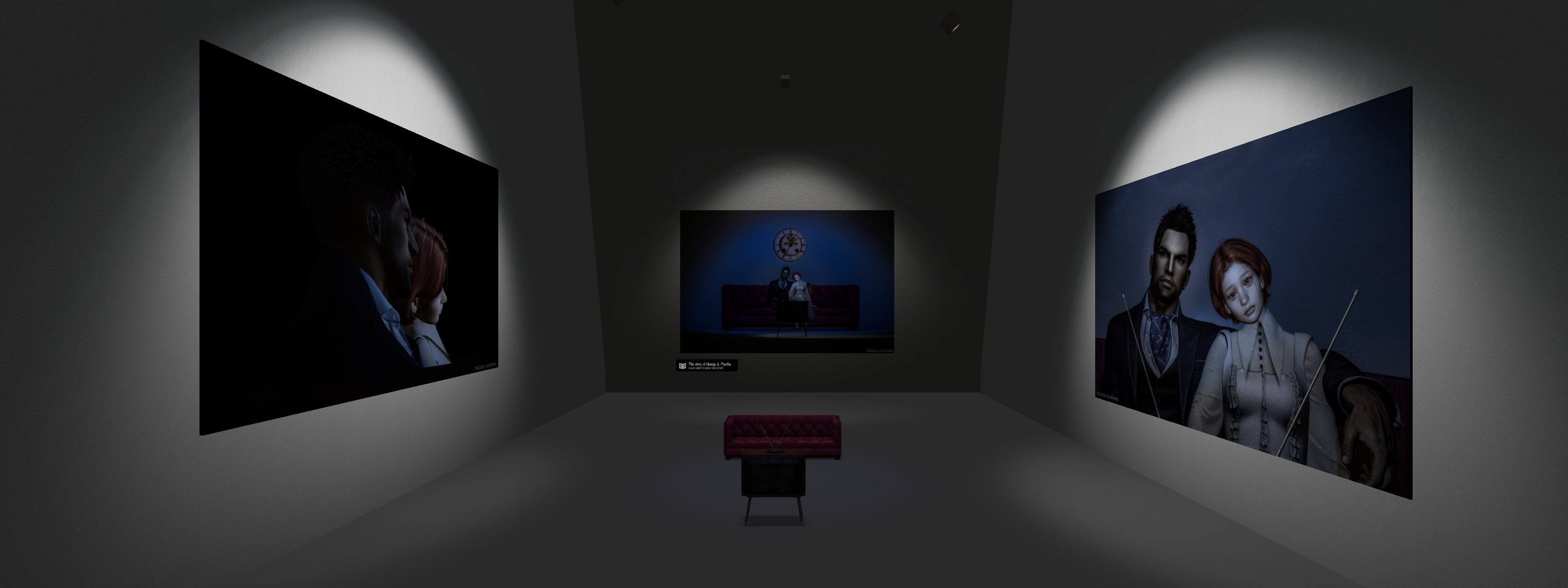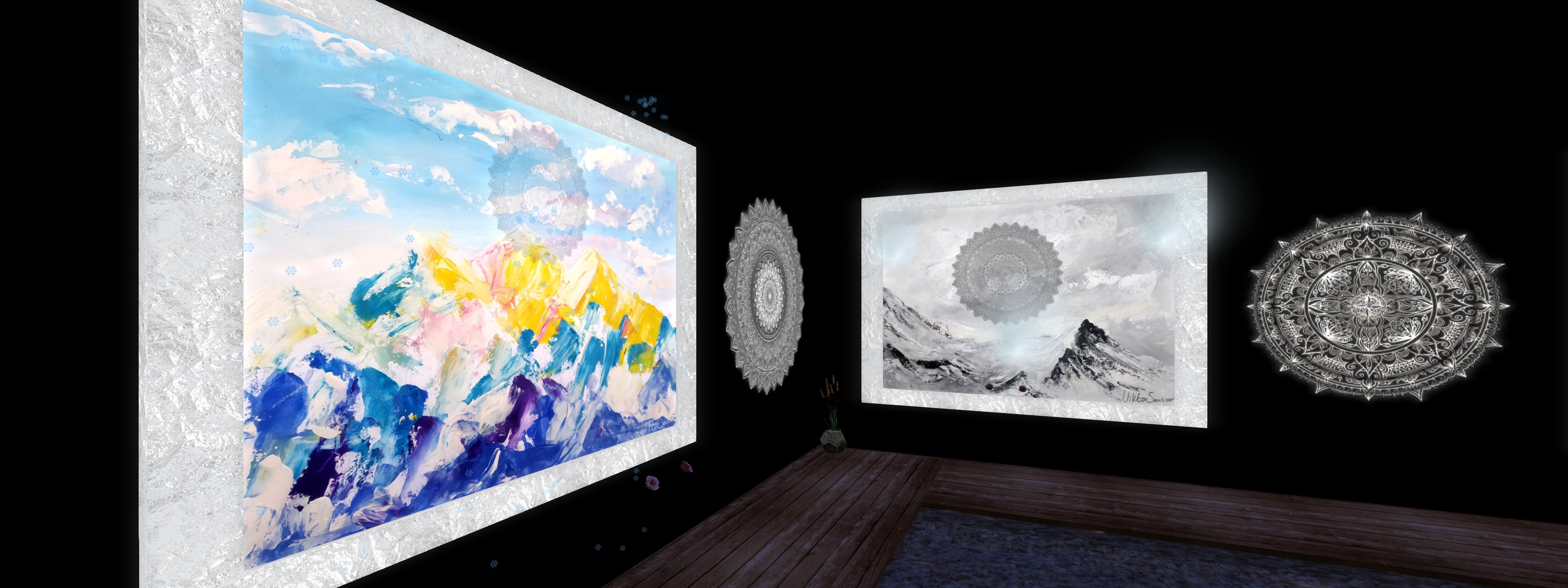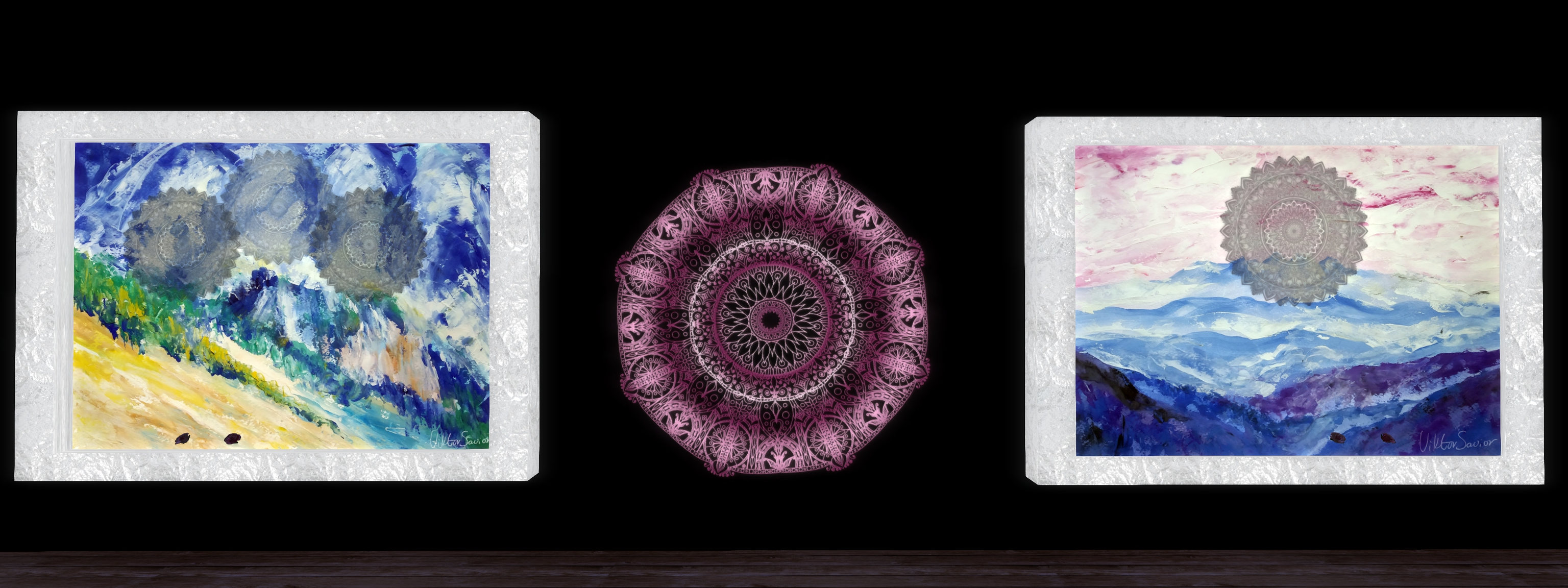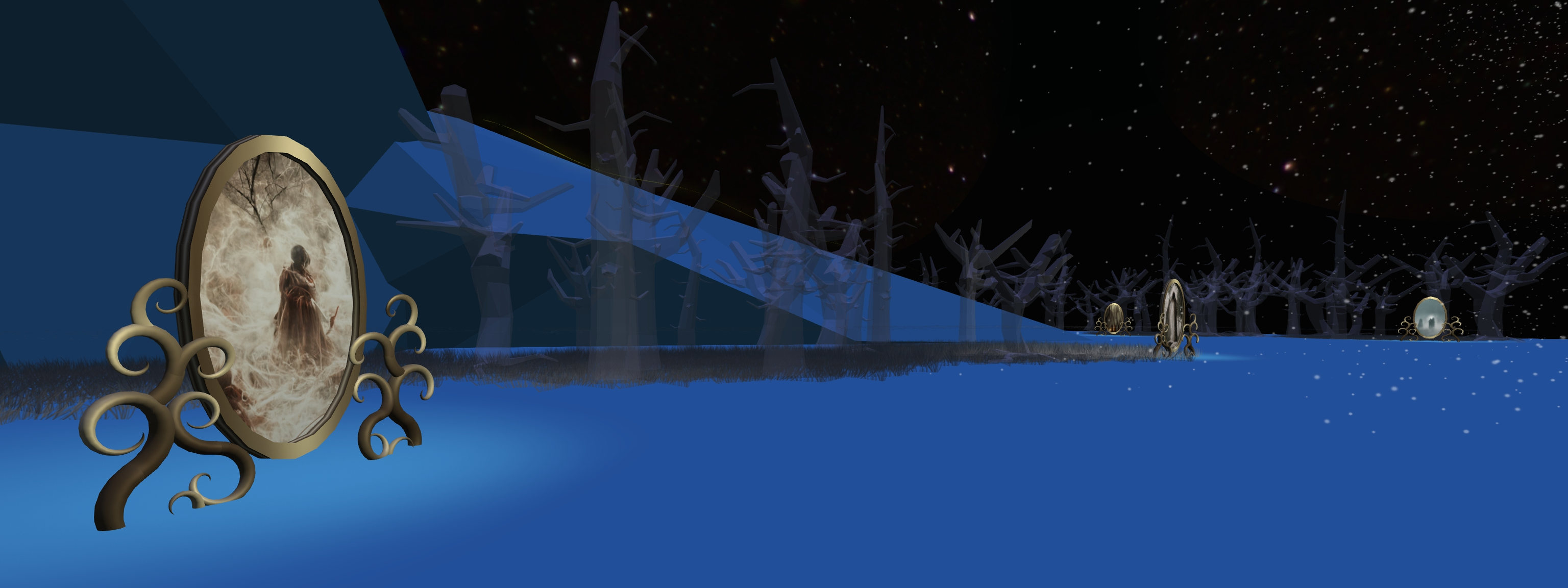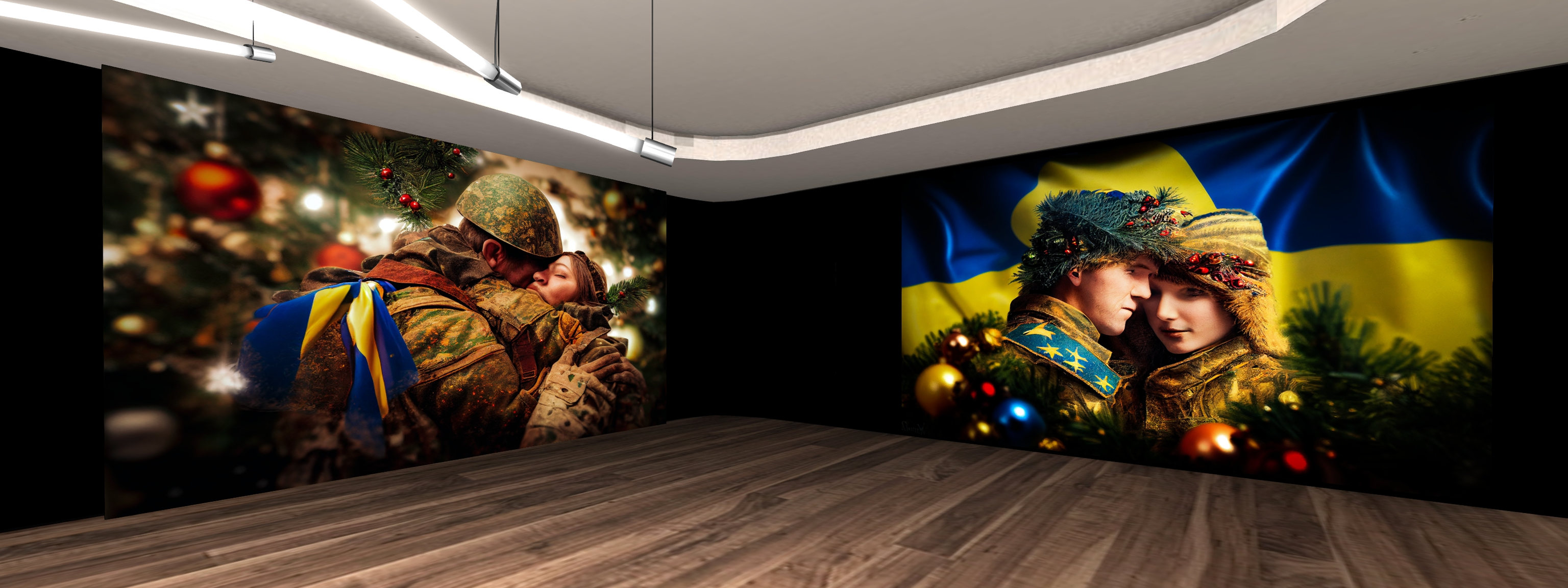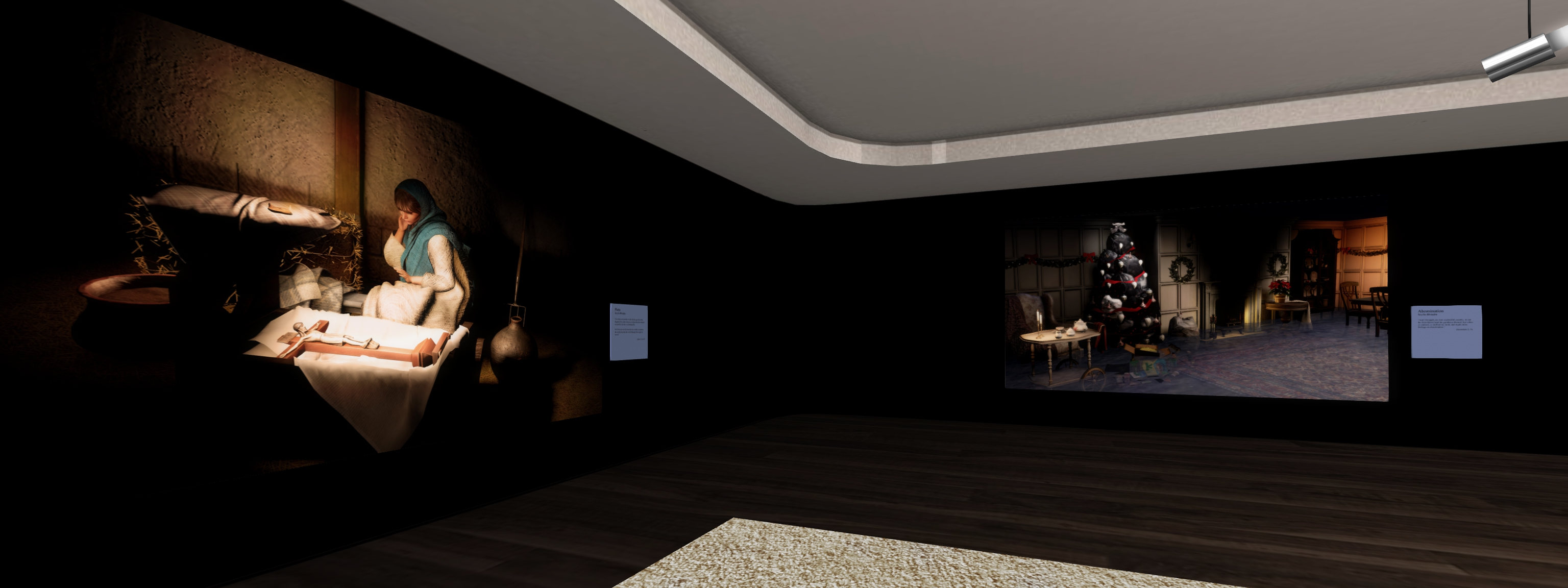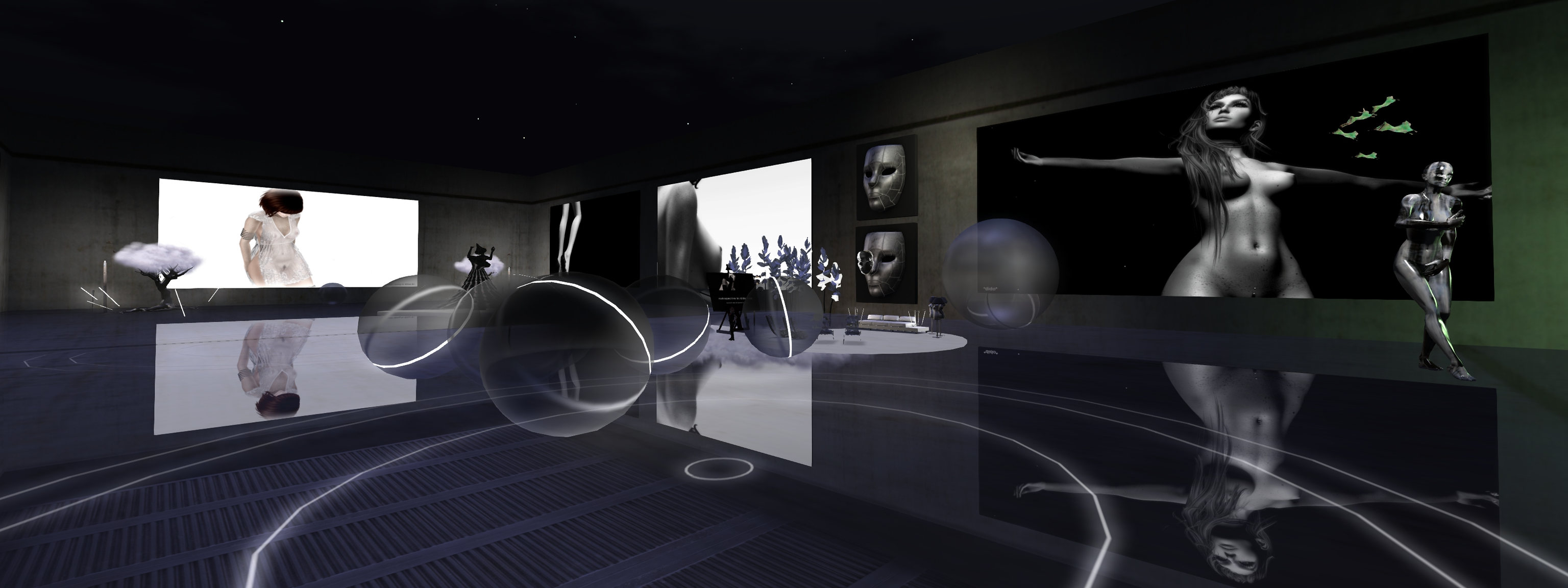
Since co-launching the original Nitroglobus Gallery and, over the last several years, Nitroglobus Roof Gallery, photographer-artist Dido Haas has established a well-deserved reputation for curating one of Second Life’s most engaging galleries for art in Second Life. Month on month she brings out the very best in the artists she invites to exhibit within the gallery’s halls, resulting in perhaps the most consistently enthralling series of art displays each and every year, hence why I attempt to cover the gallery as fully as possible through the year.
However, there is a drawback to all of this: such is the amount of work involved in managing and curating the gallery, Dido’s skills as a photographer-artist rarely get to be seen in-world, and this is a shame, as her work is the equal of any of those she invites to exhibit at the gallery. Hence why, when she drops a note about presenting a (possibly short-term) exhibition of her work in the Nitroglobus Roof Gallery Annex, I’m scooting across to take a look.
Nudospective, as the name implies, is something of a “retrospective” in a much as it comprises a set of images Dido has produced over time. It is also, again as suggested by the title, utilises nudity as a linking theme. As such, this is an exhibition that might best be considered NSFW when viewing.
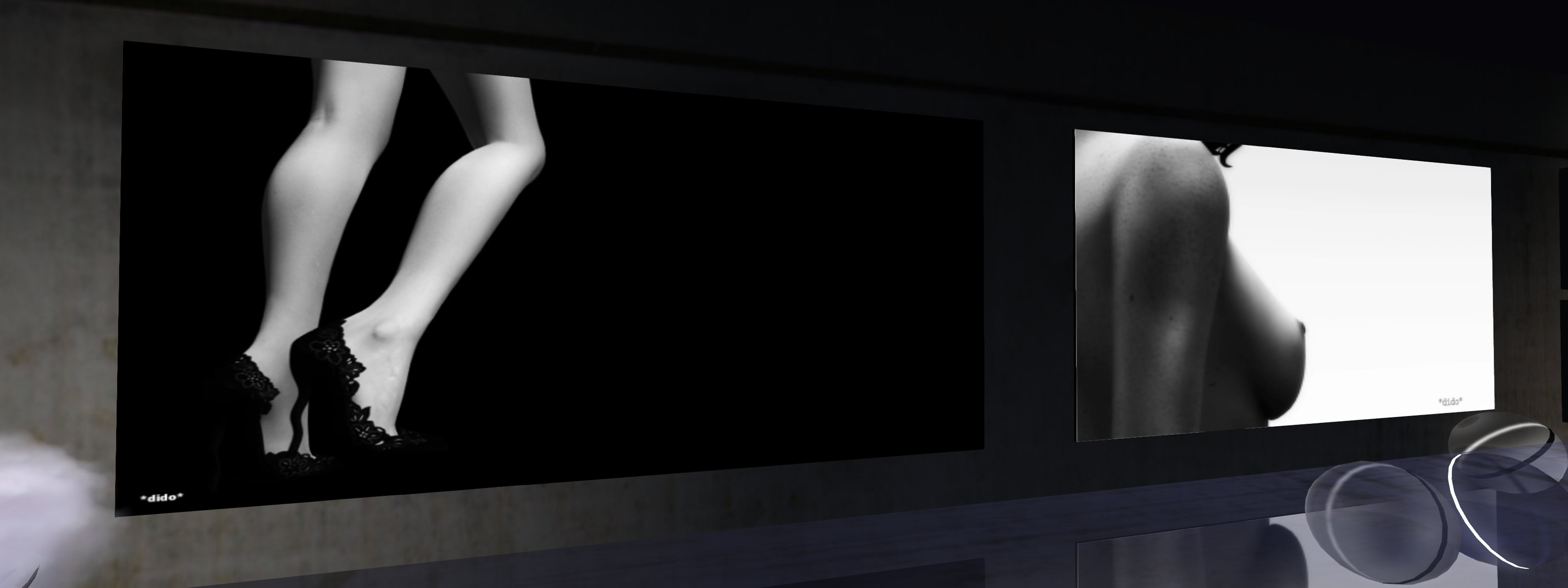
My love of Dido’s photography lies in several elements. First, she tends to work predominantly in black-and-white or greyscale or with a monochrome lean. Secondly, she specialises in avatar studies and thirdly – and most importantly – she has the ability to communicate so much through her work simply through the use of angle, pose, and focus rather than relaying on excessive props or post-processing.
This is very much in evidence within Nudospective; mostly presented in greyscale, these are pieces which – although utilising nudity – are not in any way directly sexual or voyeuristic. Rather, they are elegant narratives on the beauty of the female form as visualised through the medium of a virtual avatar, some of which offer what might be considered a subtle commentary on the subtleties of beauty compared to the expectations of beauty.
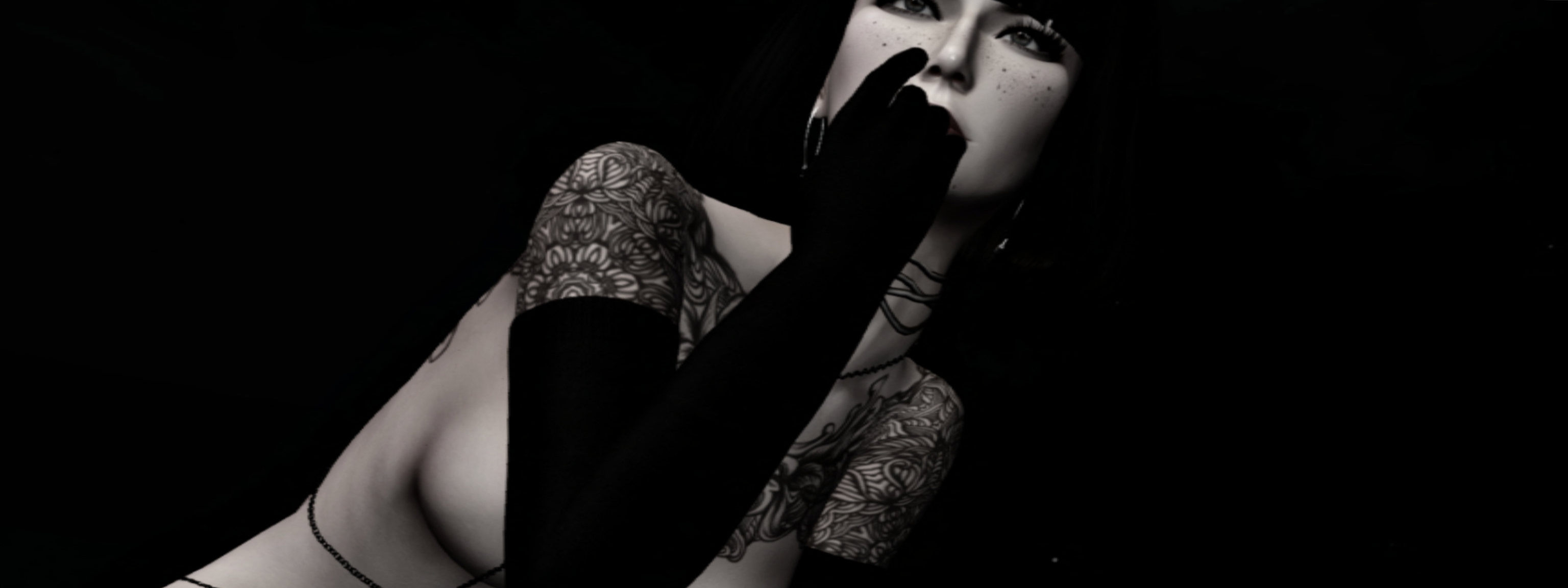
Take, for example, Legs. It features what is all too frequently a tool of heightened (literally and metaphorically) sexualised beauty: the high heel. But is it the heels that give the legs image their inherent form and beauty, or is it their muscle tone, angle and placement – all of which could be present sans the heels? Similarly, in Freckles alongside of it, is it really the firmness and curve of a breast – again so often seen as an expression of sexuality – really as worthy of our attention as a mark of beauty as much as the simple patina of freckles over the flesh of an upper arm and shoulder?
Across the hall, and a little conversely, Belly Piercing comes from another direction entirely. Within it sits a duality of innocence pointing towards a certain sexuality. On the one hand, it offers a natural statement on the beauty of a body piercing, whilst on the other the ball of the pearl, sitting on the cusp of the navel and the play of shadow within it offers a suggestion of focal point of female sexual pleasure.
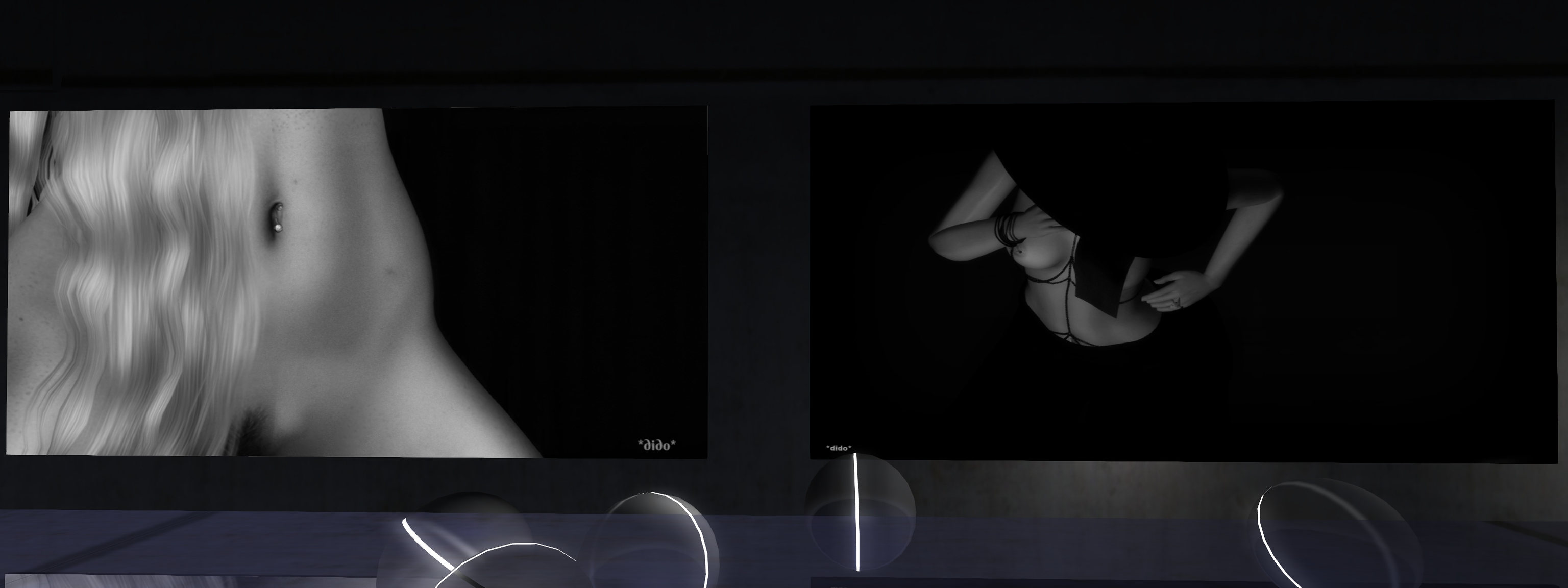
Beautiful executed individually, taken collectively, Nudospective forms an engaging, easy-to-appreciate exhibition of photography which potentially has a lot to say.
SLurl Details
- Nitroglobus Roof Gallery Annex (Sunshine Homestead, Rated Moderate)


